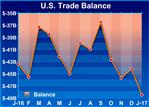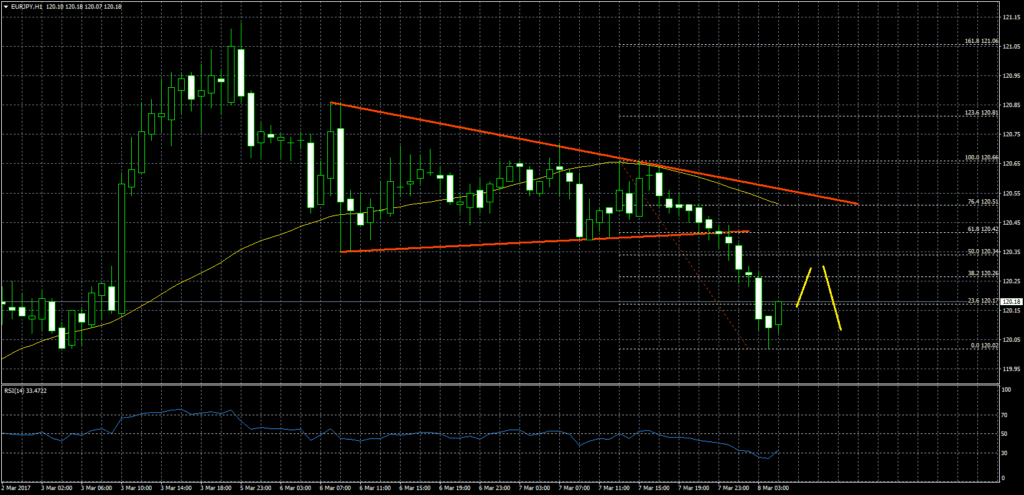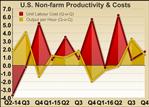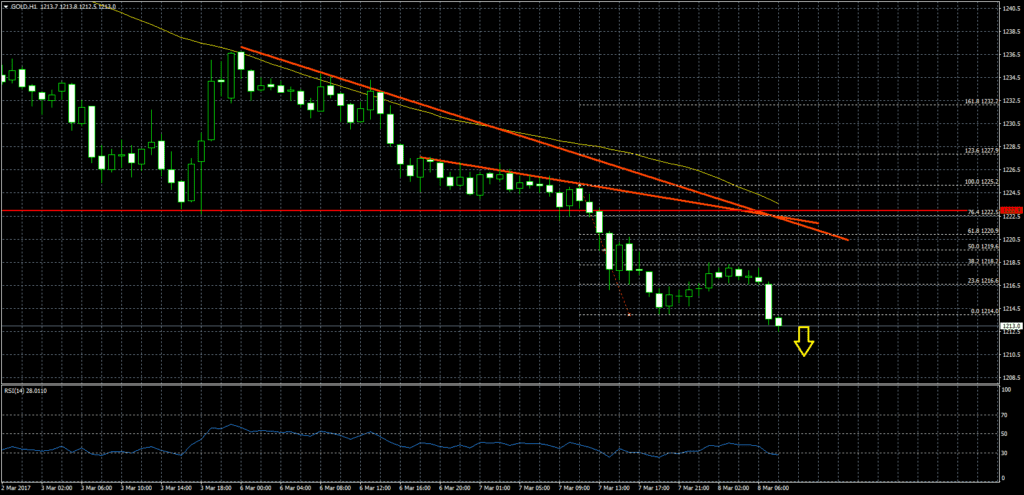A report released by the Commerce Department on Tuesday showed that the U.S. trade deficit widened in line with economist estimates in the month of January.
The report said the trade deficit widened to $48.5 billion in January from $44.3 billion in December, matching expectations.
The trade deficit reported for January was the widest since the deficit reached $50.2 billion in March of 2012.
The wider deficit primarily reflected a jump in the value of imports, which surged up by 2.3 percent to $240.6 billion in January from $235.3 billion in December.
The Commerce Department said imports of consumer goods, crude oil, and passenger cars saw significant increases during the month.
The value of exports showed a more modest increase, climbing by 0.6 percent to $192.1 billion in January from $191.0 billion in December.
Increases in exports of industrial supplies and materials and passenger cars were partly offset by a drop in exports of capital goods.
Andrew Hunter, U.S. Economist at Capital Economics, said net trade appears on course to be a drag on GDP again in the first quarter after subtracting 1.7 percentage points from fourth quarter GDP growth.
"That said, the recent improvement in the surveys suggests that exports should have expanded at a stronger pace in both February and March, so any drag is likely to be far smaller than in the fourth quarter," Hunter said.
He added, "Furthermore, with the headwind from the dollar's prior appreciation having eased and global growth picking up quite sharply, the outlook for exports is better now than it has been in some time."
The report also said the goods deficit widened to $69.7 billion in January from $65.7 billion in December, while the services surplus fell to $21.2 billion from $21.4 billion.
by RTT Staff Writer
For comments and feedback: editorial@rttnews.com
Economic News
What parts of the world are seeing the best (and worst) economic performances lately? Click here to check out our Econ Scorecard and find out! See up-to-the-moment rankings for the best and worst performers in GDP, unemployment rate, inflation and much more.





